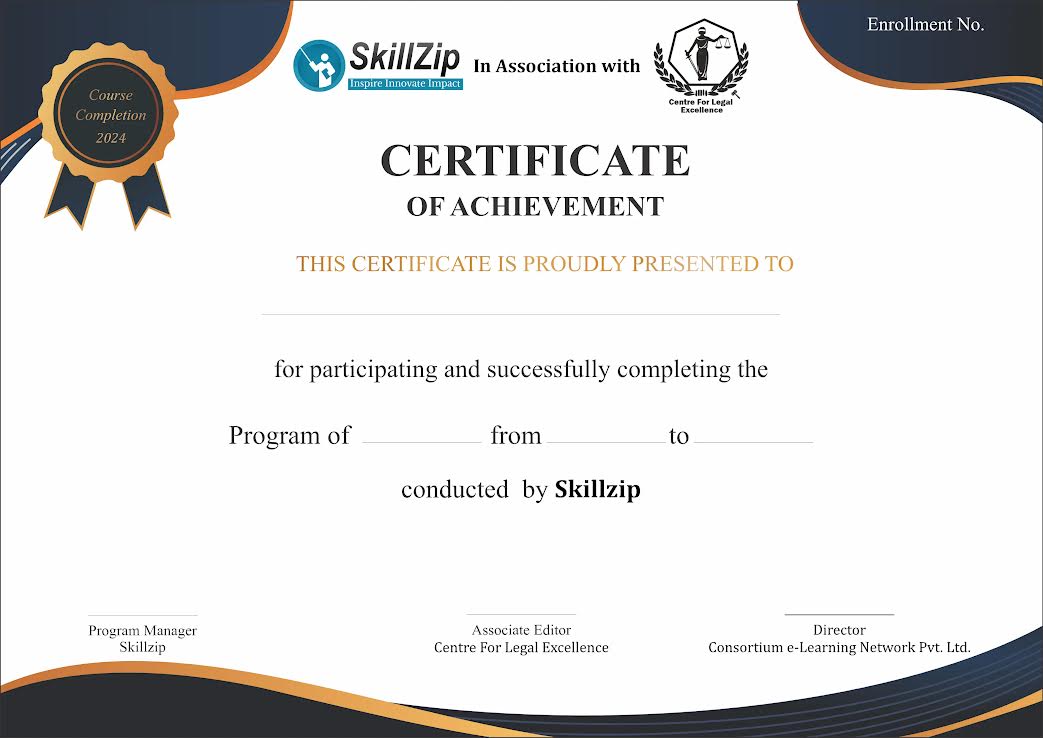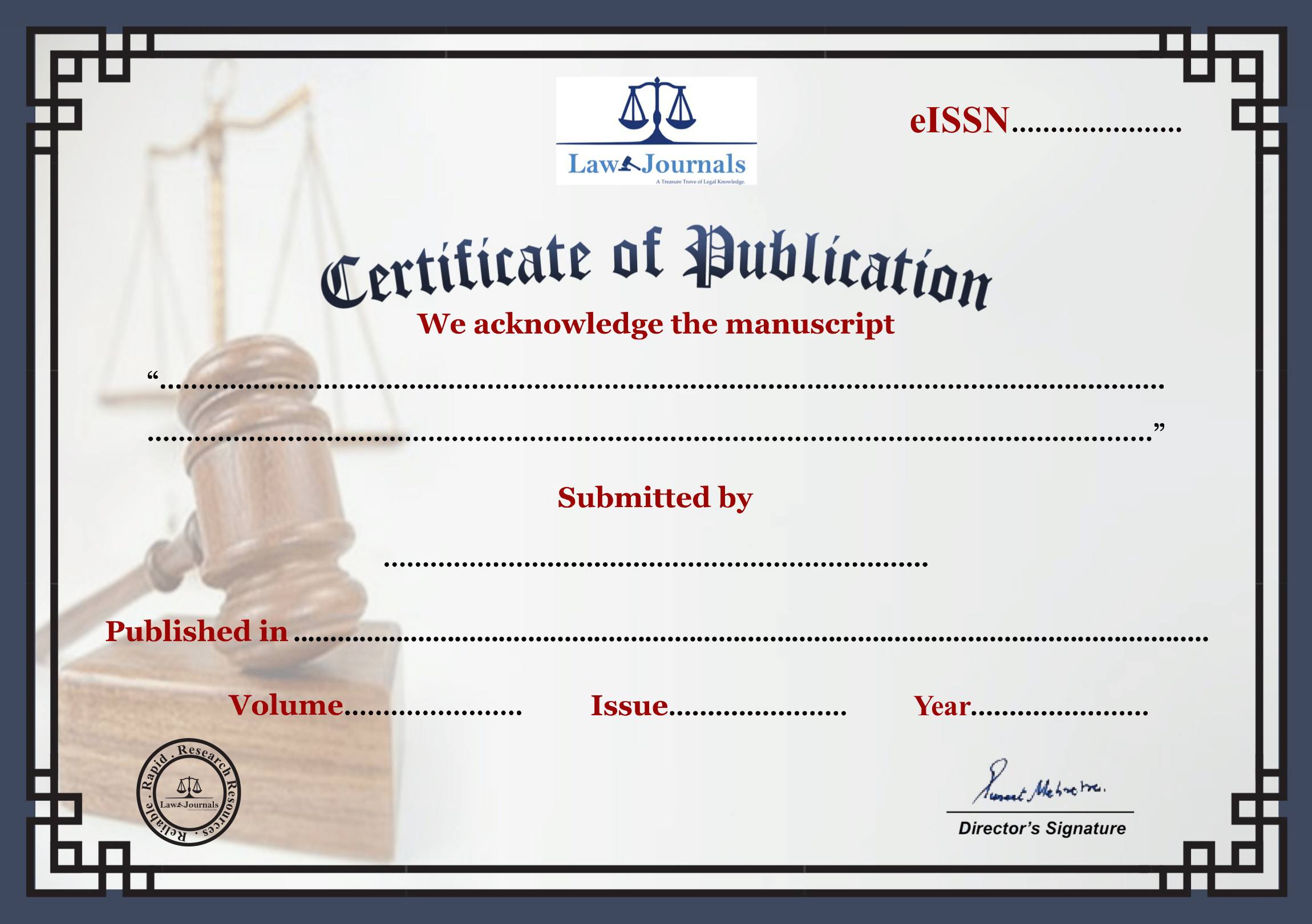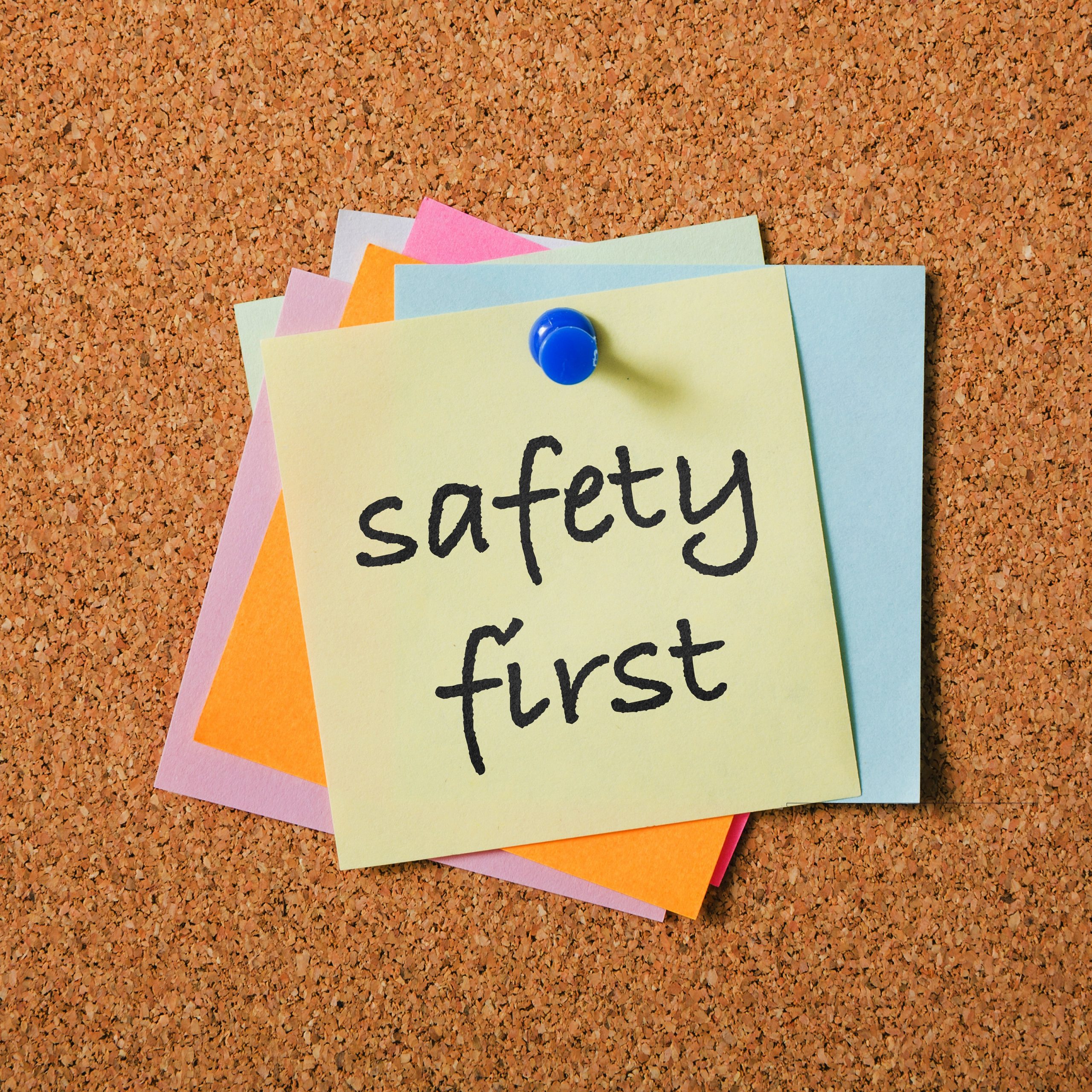Workplace Safety Essentials: From OSHA Standards to Emergency Preparedness
“Workplace Safety Essentials” provides a thorough overview of OSHA standards and emergency preparedness to ensure safety across various workplaces.
Explore more Compliances Program
Enroll now for early access of e-LMS
e-LMS
Self Paced
Moderate
3 Months
About
Workplace Safety Essentials: From OSHA Standards to Emergency Preparedness is a comprehensive resource that details OSHA compliance, hazard assessment, safety protocols, and emergency planning to promote a safe working environment.
Aim
The aim of Workplace Safety Essentials: From OSHA Standards to Emergency Preparedness is to provide organizations with the necessary knowledge and tools to effectively implement OSHA standards, identify workplace hazards, assess risks, and prepare for emergencies, ensuring a safe and compliant work environment for all employees.
Program Objectives
Program Structure
Module 1: Introduction to Workplace Safety
- Section 1: Understanding Workplace Safety
- Definitions and Key Concepts in Workplace Safety
- Importance of Safety Standards in Preventing Workplace Injuries and Illnesses
- Section 2: Regulatory Framework
- Overview of OSHA and Other Relevant Safety Regulations
- Compliance Requirements and Legal Obligations
Module 2: Safety Standards and Compliance
- Section 1: Implementing OSHA Standards
- Detailed Analysis of Critical OSHA Standards for Various Industries
- Best Practices for Meeting and Exceeding OSHA Requirements
- Section 2: Risk Assessment and Safety Audits
- Conducting Effective Risk Assessments
- Planning and Implementing Safety Audits
Module 3: Safety Training and Culture
- Section 1: Developing Safety Training Programs
- Designing and Delivering Effective Safety Training
- Utilizing Technology and Media in Safety Education
- Section 2: Cultivating a Culture of Safety
- Strategies for Engaging Employees in Safety Initiatives
- Role of Leadership in Promoting Safety Awareness
Module 4: Hazard Identification and Control
- Section 1: Identifying Potential Hazards
- Techniques for Hazard Identification in the Workplace
- Case Studies on Hazard Detection and Mitigation
- Section 2: Control and Mitigation Strategies
- Implementing Control Measures to Reduce Risk
- Ongoing Monitoring and Maintenance of Safety Measures
Module 5: Emergency Preparedness and Response
- Section 1: Emergency Response Planning
- Developing and Implementing Emergency Action Plans
- Training Staff for Emergency Situations
- Section 2: Handling Workplace Emergencies
- Steps for Responding to Various Types of Emergencies (Fire, Chemical Spill, etc.)
- Recovery and Support After an Emergency
Module 6: Advanced Workplace Safety Topics
- Section 1: Special Topics in Safety
- Addressing Unique Safety Challenges in High-Risk Industries
- Innovations and New Technologies in Workplace Safety
- Section 2: Health and Wellness Programs
- Integrating Health and Wellness into Safety Programs
- Benefits of Promoting Holistic Health in the Workplace
Final Assessment and Project
- Capstone Project:
- Development and Presentation of a Comprehensive Workplace Safety Plan
- Final Examination:
- Comprehensive Evaluation of Knowledge on Workplace Safety Standards and Practices
Participant’s Eligibility
- Students: Undergraduate and graduate students enrolled in occupational health, safety management, industrial engineering, or related programs interested in practical safety applications in the workplace.
- PhD Scholars: Researchers who are studying aspects of occupational safety, risk management, or public health and require a deep understanding of safety standards and emergency preparedness.
- Academicians: Faculty members and instructors teaching courses related to occupational health and safety, looking to incorporate up-to-date safety standards and practices into their curriculum.
- Industry Professionals: Safety officers, risk managers, and operational managers in sectors such as manufacturing, construction, healthcare, and other industries where compliance with OSHA standards is critical to workplace safety.
Program Outcomes
Fee Structure
Standard Fees: INR 4,998 USD 110
Discounted Fee: INR 2499 USD 55
Batches
Certificate


Program Assessment
Certification to this program will be based on the evaluation of following assignment (s)/ examinations:
| Exam | Weightage |
|---|---|
| Mid Term Assignments | 20 % |
| Final Online Exam | 30 % |
| Project Report Submission (Includes Mandatory Paper Publication) | 50 % |
To study the printed/online course material, submit and clear, the mid term assignments, project work/research study (in completion of project work/research study, a final report must be submitted) and the online examination, you are allotted a 1-month period. You will be awarded a certificate, only after successful completion/ and clearance of all the aforesaid assignment(s) and examinations.
Program Deliverables
- Access to e-LMS
- Real Time Project for Dissertation
- Project Guidance
- Paper Publication Opportunity
- Self Assessment
- Final Examination
- e-Certification
- e-Marksheet
Future Career Prospects
- Compliance Analyst: Monitoring and reporting on the company’s adherence to legal and regulatory requirements.
- Legal Compliance Manager: Overseeing the development and implementation of compliance programs within organizations.
- Human Resources Compliance Specialist: Ensuring HR policies and practices comply with all relevant laws and regulations.
- Corporate Ethics Officer: Managing ethical issues within the corporate setting, including enforcing ethical standards and codes of conduct.
- Regulatory Compliance Officer: Working with government regulatory bodies to ensure all aspects of business operations are compliant with statutory requirements.
- Governance and Compliance Consultant: Advising firms on governance structures and compliance with legal frameworks.
- Risk Assessment Manager: Identifying, evaluating, and mitigating risks associated with non-compliance.
- POSH (Prevention of Sexual Harassment) Officer: Specializing in POSH regulations, ensuring workplace environments are free from harassment and discrimination.
Job Opportunities
- Safety Officer: Professionals tasked with monitoring and enforcing workplace safety standards, ensuring that all practices are OSHA compliant.
- Risk Manager: Specialists who identify and mitigate risks within organizations to prevent accidents and ensure regulatory compliance.
- Occupational Health and Safety Specialist: Experts who analyze work environments and design programs to prevent disease, injury, and other physical harm to workers.
- Emergency Response Coordinator: Individuals responsible for developing and implementing emergency plans, training staff, and coordinating responses during workplace incidents.
- Industrial Hygienist: Professionals focused on controlling environmental factors in the workplace that could affect employee health adversely.
- Environmental Health and Safety (EHS) Manager: Managers who oversee the overall safety policies of an organization, ensuring both environmental protection and worker safety.
- Compliance Auditor: Auditors who assess safety protocols to ensure that they meet regulatory standards and suggest improvements to enhance workplace safety.
Enter the Hall of Fame!
Take your research to the next level!
Achieve excellence and solidify your reputation among the elite!

